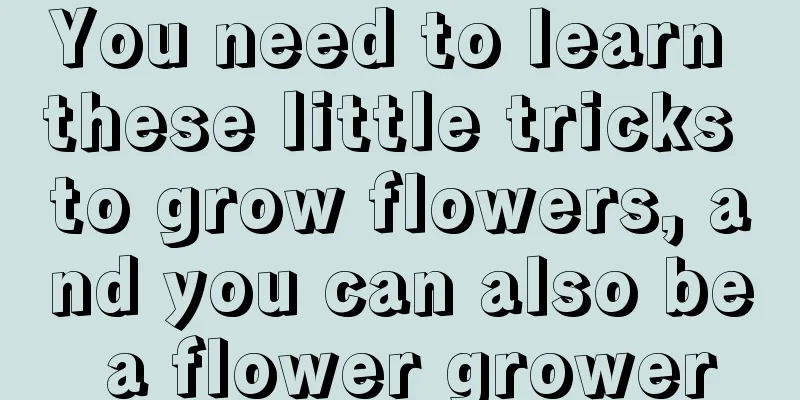The placement and display of air plants

The placement and display of air plantsAir plants do not need soil and water as a living medium, they can live well in the air. They are good indoor decorative plants and can be placed on desks or windows, or hung. Air plants can adhere to dead wood, rocks, or be placed on shells or pots, and can grow as long as there is no water accumulation at the roots. It is very fashionable to use air plants as indoor plants to decorate your home. More and more people grow air plants in large quantities and hang them up with metal wires or fishing lines, creating vivid and unique shapes. The main function of the roots of air plants is to attach the plant to a fixed place, so it can survive even without roots. Broken or injured branches can also survive independently for a period of time. If the environment is suitable, it can also grow offspring to prolong its life. It is best to have air plants with roots, which makes it convenient to attach them to tree bark or drifting wood for planting. However, the roots need to be cut when imported, so the air plants generally sold are rootless. Before the roots grow out, you should pay more attention to not hinder the growth of the roots when sticking. In addition, except for a very small number of air plants that grow on the ground, most of them cannot be planted in soil. Air plants of the same variety can be planted together in hanging baskets or porous plastic pots to make special hanging basket plants. If you plant different types of air plants, it is best not to place them on the same attachment or container, because their growth habits, water and light are different and they cannot all grow normally. Please note that all bromeliad plants cannot tolerate aluminum and copper, so they cannot be planted in copper wire or aluminum alloy containers. These metals will slowly poison the air plants, so remember to be careful. When planting air plants, you must provide them with a place to live. They can be roughly divided into two types, hanging type and sticky type. If you like natural and simple style, you can use the hanging style, because its method is simpler. You only need to use a line or rope to hang it in the air. First, choose some varieties with more leaves stretched out at the bottom (because this will be easier to hook tightly), wrap the outer leaves with thread, then gently tighten and tie a knot, so that the hanging process can be completed. The sticking type has more variations than the hanging type, and is more beautiful and suitable for giving as gifts, or as small decorations in homes and offices. The other type is the pasting type, which can also be divided into two types: buying a finished product (that is, the air plant flowers have been pasted on an object) or buying a single air plant and accessories (such as hot melt glue, small ornaments, and objects with a flat bottom). Buying a finished product can certainly save manufacturing time, but if you are interested in designing it yourself, you have to buy a single plant and accessories. It is also very simple to do it yourself. First, find a suitable place to stick the air bromeliad, then use a lighter to melt the hot melt glue until it is transparent. Immediately apply the melted glue to the surface of the object at the selected position. After one or two seconds, press the air bromeliad on the hot melt glue of the object at the selected position for about 30 seconds. In this way, the plant can be firmly stuck to the object. Hot melt glue must be used when gluing plants because it does not contain chemicals and will not pose a threat to the health of plants. But other glues or tapes must not be used, because most of them contain chemical substances that have an impact on plant health, and in serious cases may even cause the death of plants. |
>>: Blue Christmas cactus, do you believe it?
Recommend
How to change the soil for aloe vera
When to change the soil for aloe vera The best so...
I want a home with flowers planted around the house!
I want a home with flowers planted around the hou...
Another wave of exotic plants is approaching
bleeding heart The scientific name is Dicentra sp...
How to prune a dragon fruit tree
When to prune dragon fruit trees Dragon fruit is ...
How to propagate lily of the valley
1. Division method This method is relatively comm...
The efficacy and function of green jujube
1. Protect the liver The trace elements contained...
Differences between Leucaena leucaena and Acacia
1. Different appearance Leucaena leucaena: It is ...
The value of echinacea
The ornamental value of Echinacea Echinacea grows...
How to grow taro
How to raise illumination Alocasia is relatively ...
How often should I water the Jade Dew? When is the best time to water it?
How often should I water the Jade Dew? When growi...
How to care for jasmine in winter
Is Jasmine afraid of cold? The suitable temperatu...
How to make azalea bloom frequently
1. Soil It is best to use humus soil. There were ...
Desert Rose Pruning Methods
The hot season is the peak season for the growth ...
Agarwood planting conditions and climatic conditions of the growing environment
Agarwood Planting Conditions Agarwood is usually ...
Is there any way to save the snake plant if it freezes to death?
1. Is there any hope? Tiger Piranha has very stro...









